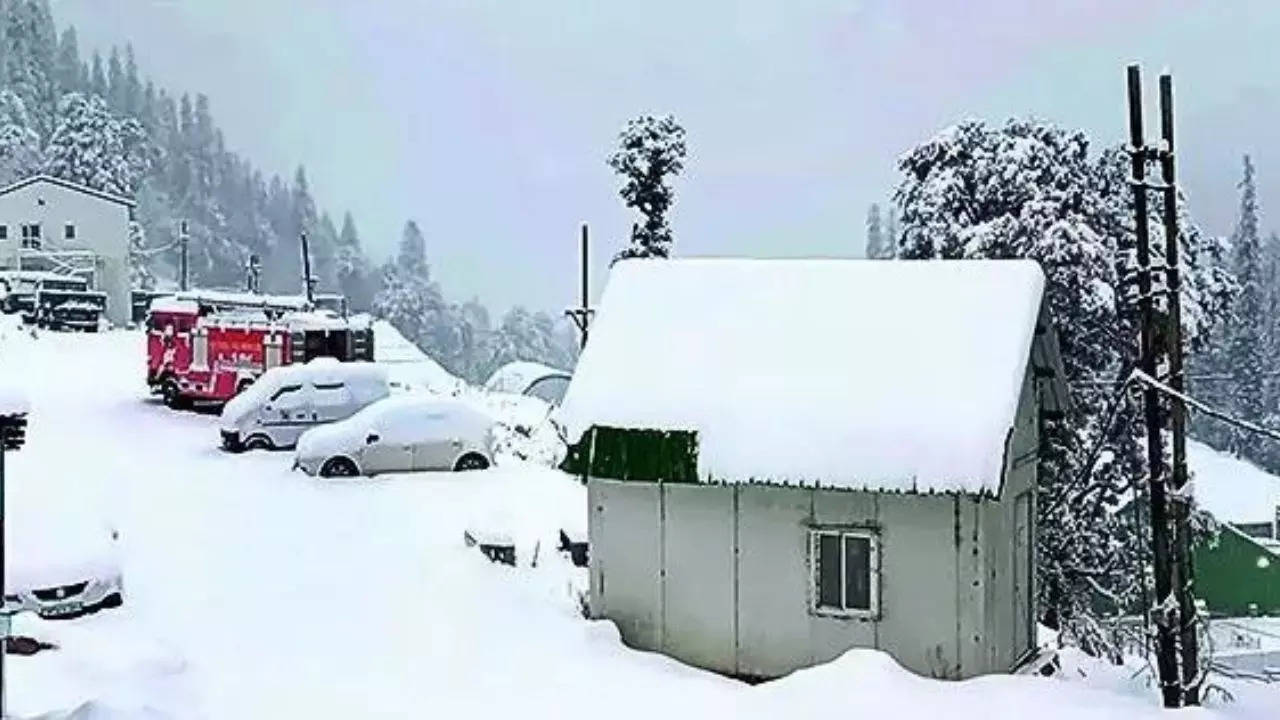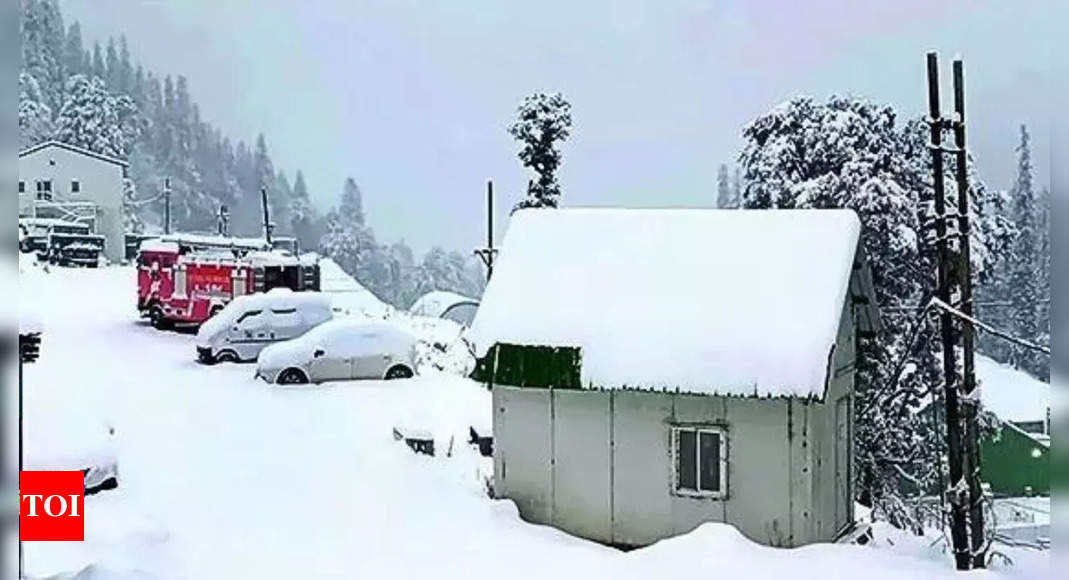
NEW DELHI: Northwest India recorded just 3.1 mm of rainfall (91% less than normal) in January, the second lowest since 1901, whereas the country as a whole recorded 58% less than normal rainfall in the month, India Meteorological Department said on Wednesday. However, it predicted the monthly rainfall over the country as a whole during Feb is most likely to be “above normal”, extremely crucial for Rabi, and could bring relief to farmers.
On the temperature front, it predicted that most parts of the country are likely to witness above-normal minimum (warmer than normal night) temperatures in Feb while northwest, west central, northeast and parts of east-central India are likely to see above-normal maximum (warmer than normal day) temperatures.
Releasing the monthly rainfall and temperature outlook, IMD director general Mrutyunjay Mohapatra said though “normal to above normal” rainfall is likely over most parts of northwest, northeast and central India, most parts of south India is likely to get “below normal rainfall”.
“Below-normal cold wave days are expected over parts of central India during Feb,” he added. The strong El Nino conditions – abnormal warming of surface waters in the central Pacific Ocean – are likely to weaken steadily and turn to ENSO-neutral conditions by the end of the spring season.
Most models indicate a transition to La Nina conditions, considered favourable for the Indian south-west monsoon, around July-Sept, Mohapatra said.
Fog prevailed over Indo-Gangetic plains from Dec 25 to Jan 30 and it was one of the longest spells over the region in recent years. Meteorologists attributed this to fewer western disturbances affecting the region.
On the temperature front, it predicted that most parts of the country are likely to witness above-normal minimum (warmer than normal night) temperatures in Feb while northwest, west central, northeast and parts of east-central India are likely to see above-normal maximum (warmer than normal day) temperatures.
Releasing the monthly rainfall and temperature outlook, IMD director general Mrutyunjay Mohapatra said though “normal to above normal” rainfall is likely over most parts of northwest, northeast and central India, most parts of south India is likely to get “below normal rainfall”.
“Below-normal cold wave days are expected over parts of central India during Feb,” he added. The strong El Nino conditions – abnormal warming of surface waters in the central Pacific Ocean – are likely to weaken steadily and turn to ENSO-neutral conditions by the end of the spring season.
Most models indicate a transition to La Nina conditions, considered favourable for the Indian south-west monsoon, around July-Sept, Mohapatra said.
Fog prevailed over Indo-Gangetic plains from Dec 25 to Jan 30 and it was one of the longest spells over the region in recent years. Meteorologists attributed this to fewer western disturbances affecting the region.
Source link

